“We do not live by bread alone, sex alone, success alone, and certainly not by instinct alone. We require meaning. We need purpose and priorities; we must have some grasp on the big picture.”
– page 4
Fowler uses human development models of Erikson, Piaget, and Kohlberg to better understand and identify faith by stages of development. I have always wrestled with my faith and when my husband left our fundamental religion, he struggled and stumbled from Mormon, to Christian, to agnostic, to atheist over the course of a year. This book gave us vocabulary and understanding as we re-imaged faith on our own terms. Fowler’s book suggests that faith is the search for meaning, faith is a human phenomenon, and faith is an individual life journey just like our physical and mental development.
“When our deeply invested henotheistic ‘god’ fails us or collapses, it results in dislocation, pain, and despair. Only with the death of our previous image can a new and more adequate one arise. Thus, ‘substantive doubt’ is part of the life of faith” (31). Whoa. Doubt is not the opposite of faith? Doubt is beautiful and necessary in moving from one stage of faith to another? A deeply religious book validates the despair and movement through faith and doubt? Fowler’s book is scientific and difficult to read; however, it saved my soul. It brings a depth to my perceptions and extends my capacity to love and understand humans.
This book takes a psychological approach to faith and is, arguably, still one of the foundational texts in understanding the dynamics of faith since its publication in 1976. Fowler’s six stages of faith are summarized and adapted all over the internet. A major part of this book is written interviews that are demonstrative and categorized into each stage of faith. (I love Miss T.)


We love each other and find profound meaning differently.






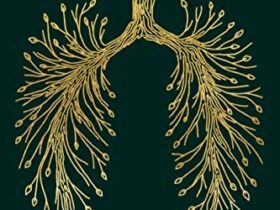


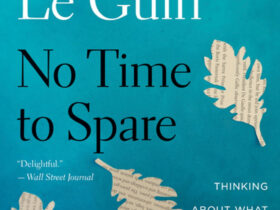

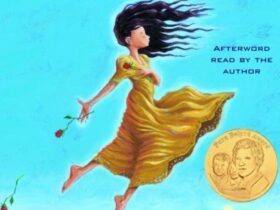


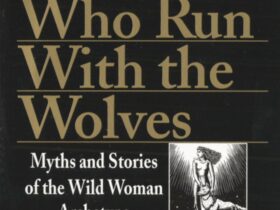







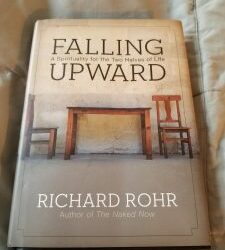


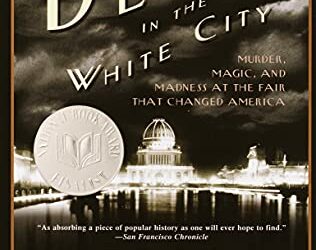

Leave a Reply